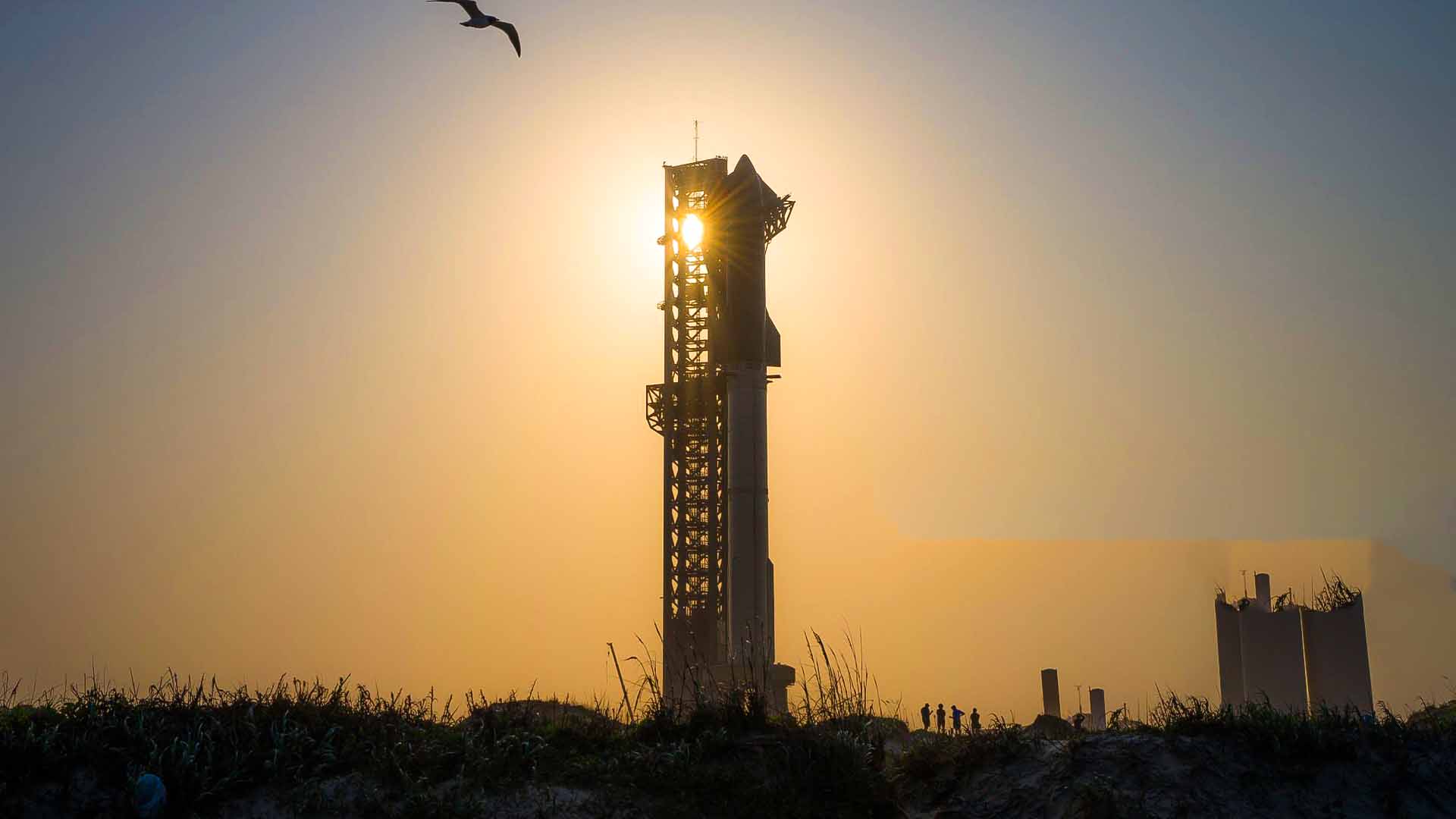The year 2025 is poised to be a transformative one for SpaceX’s Starship program, as the massive spacecraft gears up for its first flight test of the year on Monday, marking the seventh uncrewed flight test overall.
With ambitions to conduct a record-breaking 25 launches this year, SpaceX is navigating the complexities of securing Federal Aviation Administration (FAA) approval to quintuple its flight tests from the previous year.
Starship, standing 400 feet tall, embodies cutting-edge advancements and upgrades to its upper stage, propulsion system, and heat shield, all designed to enhance performance and mission longevity.
This new iteration of Starship, described by SpaceX as part of a “new generation,” aims to push the boundaries of reusable rocket technology and interplanetary travel, laying the groundwork for missions that could carry humans and cargo to Earth orbit, the moon, and Mars.
Monday’s flight test, scheduled for a 4 p.m. launch from SpaceX’s Starbase in Boca Chica, Texas, carries new objectives, including a groundbreaking Starlink payload deployment test.
For the first time, Starship will attempt to deploy 10 Starlink simulators — prototypes representing next-generation satellites — on a suborbital trajectory, culminating in a planned splashdown in the Indian Ocean.
This test showcases Starship’s potential to play a critical role in SpaceX’s expansive satellite constellation program, which aims to provide global internet coverage.
SpaceX has also refined its approach to booster recovery. The Super Heavy rocket booster will feature hardware reused from the fifth flight test in October 2024, marking the first reuse of flight-proven components.
Additionally, SpaceX plans to reignite the Raptor engines in space to execute an orbital burn, a maneuver essential for future orbital missions and controlled reentries.
The company is also set to attempt its second-ever rocket booster catch using the upgraded catch tower at the launch pad. After successfully executing this complex maneuver during the October test, SpaceX hopes to replicate the achievement with enhanced hardware, including fortified sensors on the tower’s “chopstick” arms.
These updates address issues encountered during the November test, when sensor damage led mission operators to divert the booster for a Gulf of Mexico landing.
Public anticipation is high, with SpaceX offering a livestream of the test on its website, X social media platform, and the newly launched X TV app. The broadcast will begin approximately 35 minutes before liftoff, providing real-time updates on the mission.
SpaceX emphasizes that developmental testing schedules are inherently dynamic, urging audiences to stay tuned to its X account for the latest information.
This seventh test marks a pivotal step in Starship’s journey towards full reusability and interplanetary capability, underscoring SpaceX’s commitment to advancing space exploration and transportation.
As the company endeavors to achieve increasingly ambitious milestones, the outcomes of Monday’s flight test will likely shape the trajectory of the Starship program and its role in humanity’s exploration of the cosmos.
